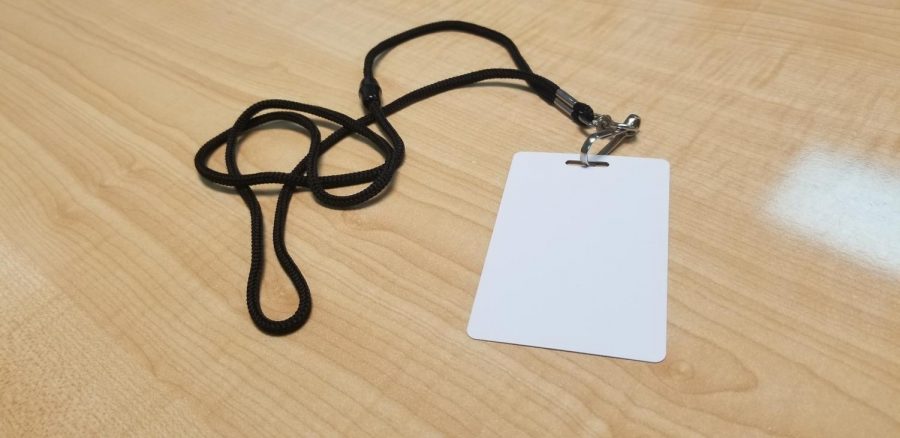Lanyards: Good or Bad?
The pros and cons of having to wear an ID and lanyard.
George Ranch High School has assigned ID’s and lanyards to all students, making them a mandatory requirement to wear
October 24, 2019
A new chapter has started at George Ranch High School this year.
Not only is it the tenth anniversary, but there’s also a new principal, and with a new leader comes new policies. The biggest one this year is the requirement to wear lanyards.
This is something that has been enforced on the Maroon Track all the way up until high school. Polly Ryon Middle School and Reading Junior High School both required lanyards, but George Ranch has never required it. It’s always been an option, but no one’s ever obliged; however, this has all changed this year.
A small survey of about 25 students was conducted around George Ranch High School in different classes. Exactly 68% of students surveyed felt the lanyards were unnecessary, and shouldn’t be required.
One student dislikes lanyards because: “It messes up my pickup line because now I know your name.” But on a serious note, many people seriously didn’t like wearing them, saying they are a hassle to keep up with, annoying, and unhelpful.
However, 32% of students agree that we need lanyards to be mandatory, for safety reasons. “Lanyards help keep strangers from coming in, just because they look like students,” one person commented.
Another student had the same idea, but phrased it into a question: “Would you rather be shot and killed by an intruder who doesn’t have an ID but looks like a student, or wear a piece of plastic on a string around your neck?”
Both sides make a compelling argument, but in the end, wearing a lanyard is safer. As the saying goes, “better safe than sorry”.
But, then again..
Does it really keep us safe? The staff don’t always check your ID picture, only that you have attached to a lanyard on the upper half of your body. Any random person could walk in this school wearing a random ID, and nobody would even bat an eye.
Safety isn’t the only purpose of lanyards. They also help everyday activities go quicker, such as getting a library book or getting lunch from the cafeteria, along with acting as a reward program. Wearing a lanyard allows you to be on your phone, get into on-campus sports games for free, and allows you to go to the bathroom during class.
Although it sounds like a great deal, it is a little bit expensive. Your first ID and lanyard are free, but each one after that is $5. “Okay,” you might say, “simple, just don’t lose it.” However, with a bunch of teenagers, that is easier said than done. Not only that, but the ID isn’t the best material ever. The plastic is relatively cheap, allowing it to break easily. It’s very common for it to be caught in between desks and tugged out, putting another $5 your back.
Some students don’t mind the requirement of ID’s, but feel that there could be a better way to enforce them. “They are good, but implemented badly,” one student stated, “Give us clips instead”. This would actually be a very good idea; the ID would stay together better and would be less likely to fall off.
The controversy of comfort over safety remains. The debate still goes on about whether the school should still enforce the new policy, or scrap it altogether. No matter what the decision is though, not everyone will agree.
*Students unnamed per request.




